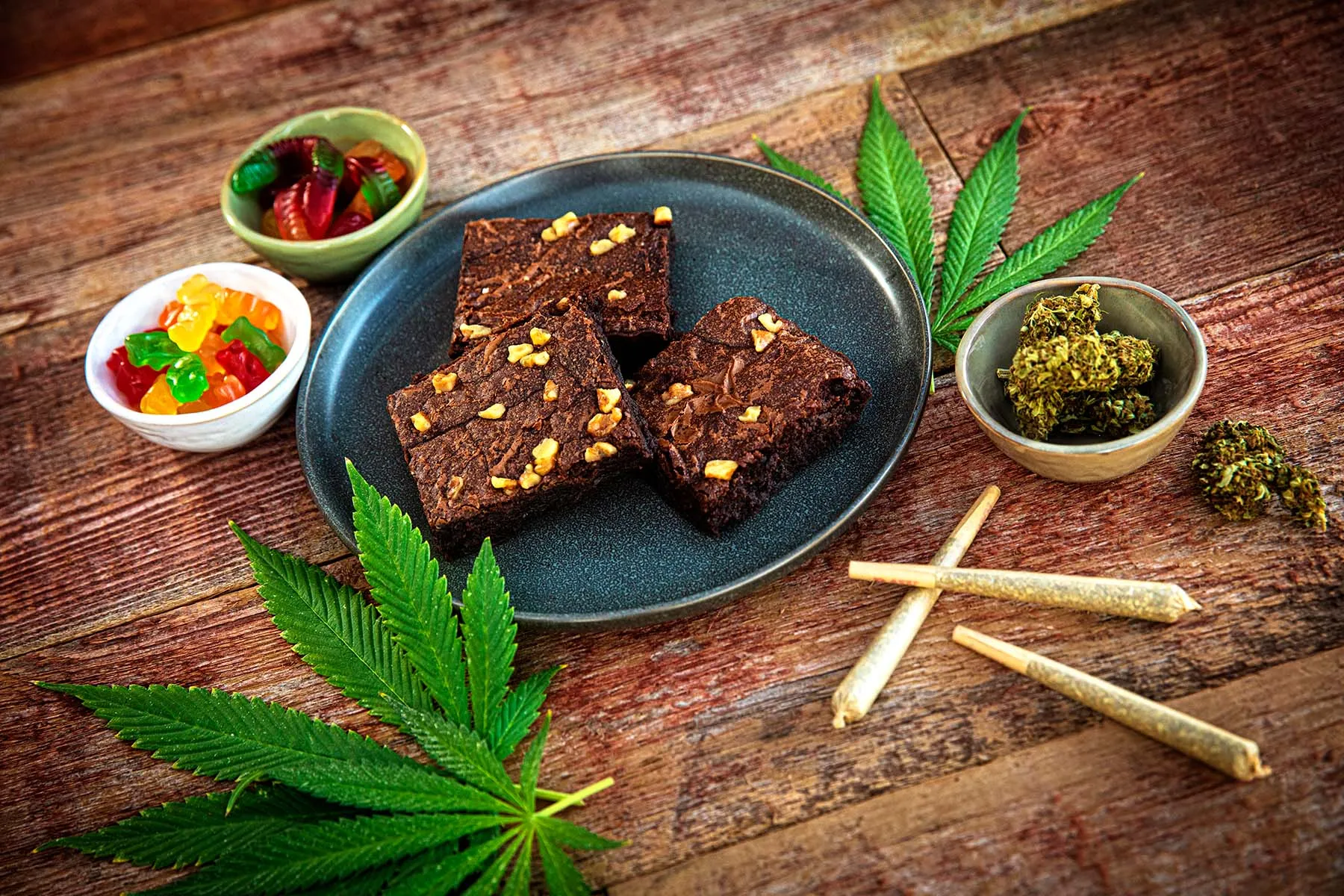4. Never Eat Between Meals
Speaking of eating consistently, “Oh, I’m just hungry all the time” is a common sentiment among clients of Nancy Clark, RD, CSSD, a sports nutritionist in private practice, and the author of Nancy Clark’s Sports Nutrition Guidebook. “It probably is because they are hungry all the time,” Clark says.
This is why eating frequently, in addition to considering calories, is key.
People who are highly active need to eat every three to four hours, with some athletes eating five to seven times per day, Clark says.
Clark says she finds a four-meal schedule works well for many active individuals. If you have a day job and you train after work, she recommends eating breakfast around 8 a.m., lunch around noon, a second lunch around 3:30 or 4 p.m. before a workout around 5:30 p.m., and then dinner afterward.
For morning trainers, she suggests eating a light breakfast before working out, followed by the rest of breakfast, an early lunch around 11 a.m., a later lunch at 3 p.m., and then dinner. She doesn’t call the fourth meal a snack, she says, because she finds the word can come with too much self-judgment.
5. Don’t Eat Before Bed
Athletes may also want to experiment with ignoring the old adage about not eating before bed, says Max Deutz, a predoctoral research fellow studying nutrition and exercise performance at the University of Illinois in Champaign. Research into this question is ongoing at his lab, Deutz says, but he believes that eating a small bit of protein — from a glass of milk, cottage cheese, or yogurt — before bed may aid in muscle recovery.
6. Reduce Salt Intake
But if you’re sweating a lot, you may actually need extra salt in your diet. Insufficient sodium might cause cramps and contribute to dehydration, Moody says.
You can help gauge how much sweat you’re losing from exercise based on how damp your clothes are post-workout. If your clothes have a white tinge, you may be a salty sweater.
“Some runners or elite athletes who go out for long sessions might go out and notice, especially in the summer, that you can see and even taste the salt on your clothes,” Deutz says. “It shows up as white.”
College or professional athletes may use various other tools or approaches to measure sweat loss, from wearable sweat loss measuring devices to weighing themselves before and after exercise, Deutz adds.
Moody says athletes who work out in sweltering weather, at high altitude, can also lose more salt from excessive sweating while training.
If that sounds like you, ingesting about 500 milligrams of sodium an hour before exercise can boost hydration levels, Clark says, and electrolyte sports drinks can help with this during extended exercise.
For non-elite athletes, there’s likely no need to stray from that advice: “Unless you are out there sweating bullets for more than three hours, it is not generally a problem,” Clark says.
7. Eat Only Whole Foods, Not Supplements
Smith-Ryan, like most nutrition experts, emphasizes the need to eat “real” or whole, unprocessed foods as often as possible. Yet sometimes, especially when an individual is engaged in intense physical activity, natural food may not be enough and supplements may be helpful.
While many supplements aren’t worth the money, Smith-Ryan says, some are essential for athletes, especially those containing protein, vitamin D, iron, and omega-3 fatty acids.
Speak to a registered dietitian nutritionist certified in sports dietetics to determine which, if any, supplements, may benefit you.
8. Plant-Based Milk Is Better Than Cow’s Milk
Plant-based milks are popular and often get a health halo. But Moody and some other dietitians are not a fan of these cow’s milk alternatives for athletes.
“If we are neglecting any of these nutrients, there will be repercussions,” Deutz says.
“Milk is a very complete protein and it contains, if we’re not talking about skim milk, fat and carbohydrates, so it hits all the macronutrients all in one,” Deutz says.
This is not to say that you can’t follow a vegan or vegetarian diet if you want to run a marathon, Moody says. But she suggests working with a registered dietitian nutritionist who is a certified specialist in sports dietetics to ensure your dietary needs are met if you are thinking about following a plant-based diet and engaging in serious athletic activity.
Source link


